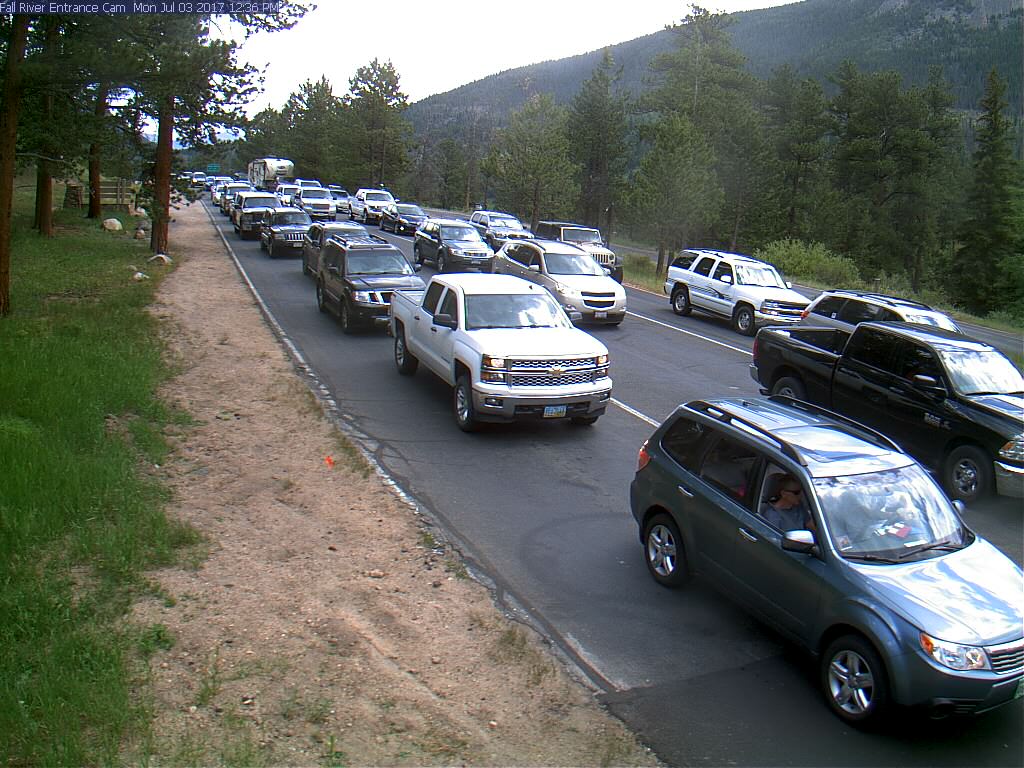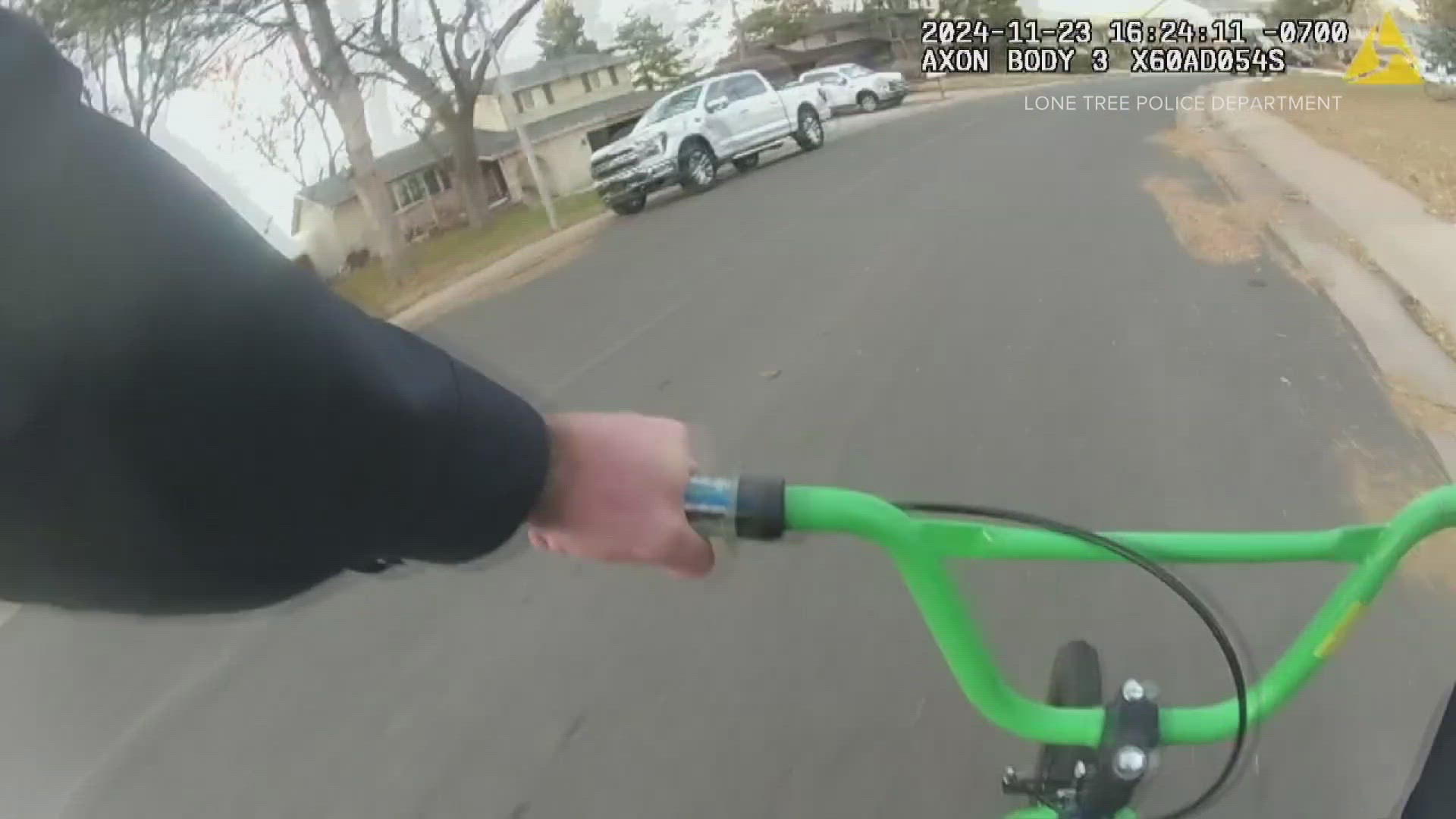If you’ve sat in a traffic jam while waiting to shun the congestion of city life during what was intended to be a quiet getaway at Rocky Mountain National Park, then it probably won’t come as a shock to you that one of Colorado’s most beautiful places is seeing a lot of use.
In fact, more than 4.5 million people visited the park this year, making it one of the most visited in the country.
Rocky Mountain National Park isn’t alone. The National Parks Service says many of America’s most iconic spots are seeing more wear-and-tear on their aging infrastructure.
On Tuesday, the NPS released a plan to do something about it.
The proposal in question wants to raise peak-season entrance fees at the 17 most popular national parks (that includes RMNP).
This would mean that, during the busiest five months of the year, it would cost $70 per car to get into the park, $50 for a motorcycle and $30 per person.
As it stands right now, it's $30 to get into Rocky Mountain National Park for the week, and $10 for pedestrians, bicyclists and motorcycles.
Under the new proposal, annual passes, meanwhile, would cost $75 and the one-year America the Beautiful Pass – which gets you into every national park – will still be $80 a year, according to a news release posted on the NPS website.
Should the proposal go into effect, it will cost $70 to drive into Rocky Mountain National Park starting in June 2018.
"That's a lot, I mean for one day, that just seems like a lot,” said Tanya Kittell.
Tanya and her husband, Jeff, are visiting from Michigan, and paid for a day-pass. They say, if it cost them $70, they wouldn’t have come.
"I mean it's nature,” said Tanya. “And I know there's stuff to maintain, like the roads and everything, but that just seems steep for a national park.”
The NPS says if implemented, the proposal could increase national park revenue by $70 million a year – a 34 percent increase over what was collected last year, according to the news release.
And, say if you’re paying $70 to get into Rocky Mountain National Park, 80 percent of that will stay there and 20 percent will go to other national parks across country.
Obviously, this is just a proposal, meaning there’s no guarantee it’s what will actually happen.
A public comment period on the proposal starts Tuesday and goes until Nov. 23. You can share your thoughts here: http://bit.ly/2yMe5IB
These are the other parks that would be impacted should this come to fruition:
-Arches, Bryce Canyon, Canyonlands, Denali, Glacier, Grand Canyon, Grand Teton, Olympic, Sequoia & Kings Canyon, Yellowstone, Yosemite, and Zion National Parks with peak season starting on May 1, 2018; in Acadia, Mount Rainier, Rocky Mountain, and Shenandoah National Parks with peak season starting on June 1, 2018; and in Joshua Tree National Park as soon as practicable in 2018.


